Norse Dragons

Dragons reflect early speculation about what hybrid species might look like. They were reptiles associated with earth and water, yet they could fly like birds, emit fire and their blood had magical properties.
Now humans, having once experimented with whole organ transplants from other mammals (pigs, baboons), are seeking ways around immune-response defenses and retroviruses with xenotransplantations, raising all sorts of ethical issues. H.G. Wells was the first to raise the specter of mutant species run amok in The Island of Dr Moreau (1896) although the ancients got there first with their basilisk, manticore, phoenix, unicorn and so on.
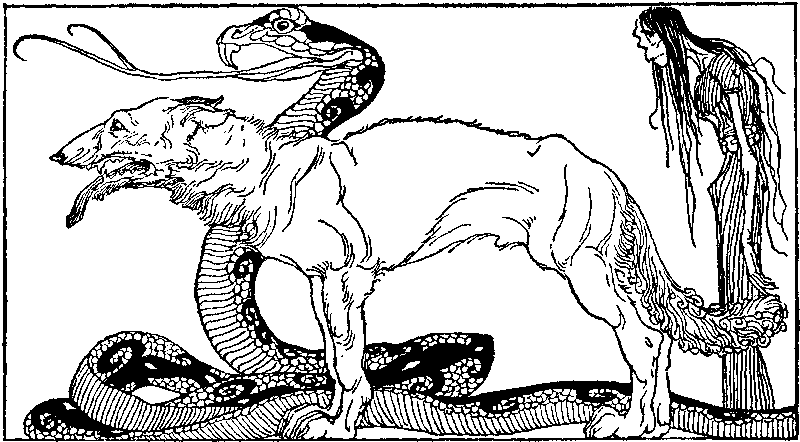
Viking folklore is full of such stories, with mutants like Odin's horse Sleipnir which had eight legs, Finngálkn and Loki’s children (above). In other words, dragons and other monsters are the creation of great story-tellers all around the world, especially in the northern lands. The shadow of Níðhöggr on the wall behind the fire is a far more interesting explanation than dinosaur fossils.
This suggests a time when humans lived in closer proximity to their food supply and when people could believe such things were possible. It was an easy step to the gods being able to shapeshift, so Loki could become a horse, Freyja a falcon and Heimdall a ram. When Christianity replaced the pagan religions, it was an obvious choice to associate dragons with the serpent in Eden and the Devil. Dragons ended up on many coats of arms.
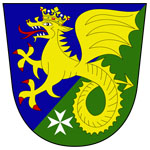
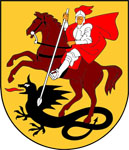
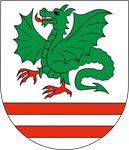
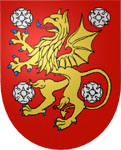
Above are sample dragon coats of arms from various regions in Czech Republic, Lithuania, Poland and Sweden. The official coats-of-arms of the Scandinavian countries today show (non-native) lions, not dragons.
Some of the native dragons include the serpent-like lindworm and the wyvern (more of a British dragon). The lindworm shown below is on an 11th century runestone from Sweden.
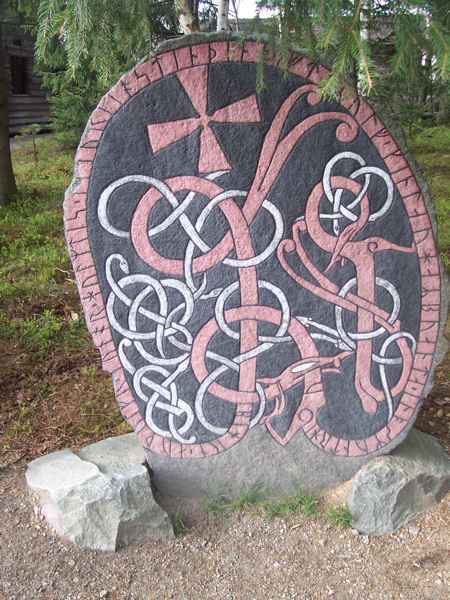
The salamander too had a privileged place in folklore, because it was regarded as a miniature dragon that possessed magical qualities. From ancient times through medieval alchemy and heraldry it has reappeared in modern pop culture like the Harry Potter novels. Pity the poor salamander of the natural world, saddled with all that muggle baggage.
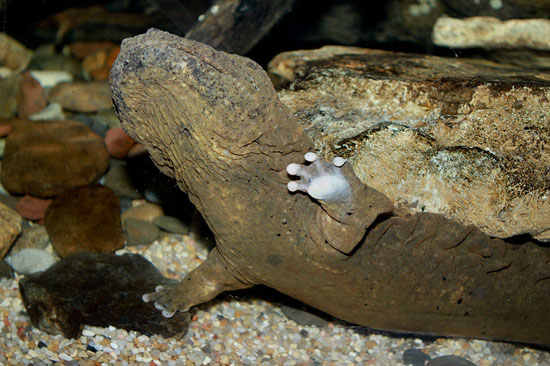
Giant salamanders are amphibious and aquatic, they can grow to many feet long and can live for decades. The photo shows a Hellbender Cryptobranchus from North America's Appalachia.
